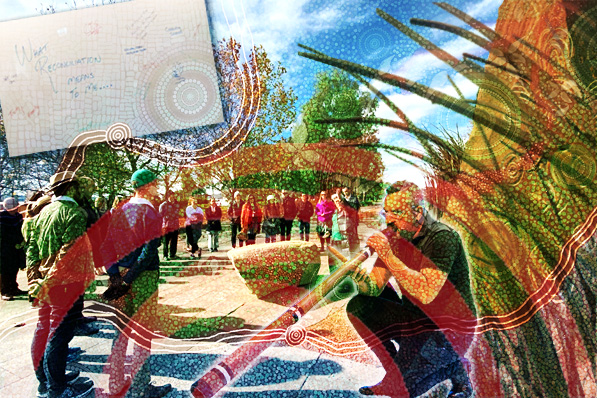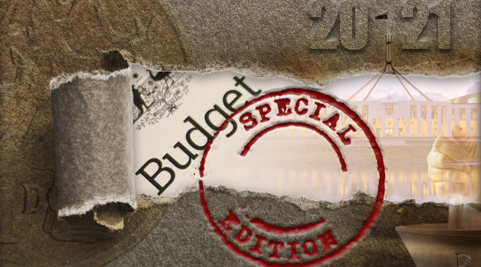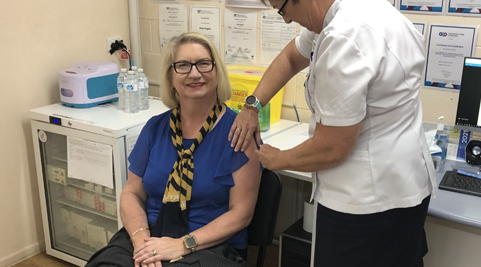By Suzanne Greenwood, Executive Director

The celebration of National Reconciliation Week has been a very opportune time for me, the Guild, and our members to take a step back and reflect on our relationship with Aboriginal and Torres Strait Islander peoples.
Such reflection, as we look into the past, is often very uncomfortable for us, but is an important step in the reconciliation process.
However, if the past is uncomfortable, we should look to the future with hope and optimism, especially at the Guild where we are doing so much work in this area.
The theme of National Reconciliation Week was ‘More than a word’ and this is exactly the philosophy on which one of our planks in the reconciliation process is based – the development of our national Reconciliation Action Plan.
I am committed to seeing action around reconciliation and our plan, which is nearing completion and will be released after final endorsement from Reconciliation Australia. It will detail the very real and positive actions the Guild can take towards reconciliation and show leadership, and support for our member pharmacies to provide culturally safe care.
Community pharmacies, as pivotal elements in the national health system, are critical in providing positive health outcomes to Aboriginal and Torres Strait Islander peoples and this is just a single example of how reconciliation must work in a very real sense.
Providing culturally safe health services – often in very remote locations and at times with the pharmacist being the only healthcare professional available – is a tangible example of what we all must do more of.
I fully support the approach that reconciliation is ‘more than a word’ and must provide real and demonstrable outcomes if we are to succeed.
I also believe that National Reconciliation Week is an opportunity to focus on the process which we must aspire to, and work towards, every day of the year.
Our national Reconciliation Action Plan is just one aspect of our commitment to reconciliation.
We have Johnny Briggs as our Cultural Advisor and we work closely with him to ensure our plan and our actions are part of a vision that can be translated into a reality. We were privileged that he attended our recent national conference, APP2021, where he delivered an acknowledgement of country and presented a cultural safety workshop which was well attended and very well received.
In addition, having Guild staff onboard is important, and one thing I did during the week was to ask staff to write down what reconciliation means to them, with these thoughts displayed for other staff to appreciate and think about.
I plan to repeat this exercise at least every year to give us a timeline so that we can plot our journey of reconciliation over the coming years. It also will help us as an organisation to learn and understand where our gaps in knowledge may lie, and how our thinking has matured and developed.
The important thing is that we are all thinking about a better, more inclusive, respectful world with each other. Some of the comments this year showed a depth and sensitivity which has made me extremely proud to have these people as my colleagues, and underscored the appreciation that reconciliation requires work, tenacity and commitment.
After all, the formal process really only began in earnest some 21 years ago, when many people in cities and towns across Australia held reconciliation walks.
In Sydney, more than 250,000 people gathered for the Bridge Walk for Reconciliation which was a public expression of support for meaningful reconciliation between Australia’s Indigenous and non-Indigenous peoples.
These marches have continued every year and continue to attract huge crowds. But alongside them are political, social and legal moves quietly being pursued to make reconciliation more than just a word.
Last week, Guild National Secretariat staff participated in our own march to Reconciliation Place here in Canberra where we then had a walking tour around the artworks which recognise the importance of understanding the shared history of Indigenous and non-Indigenous Australians.


